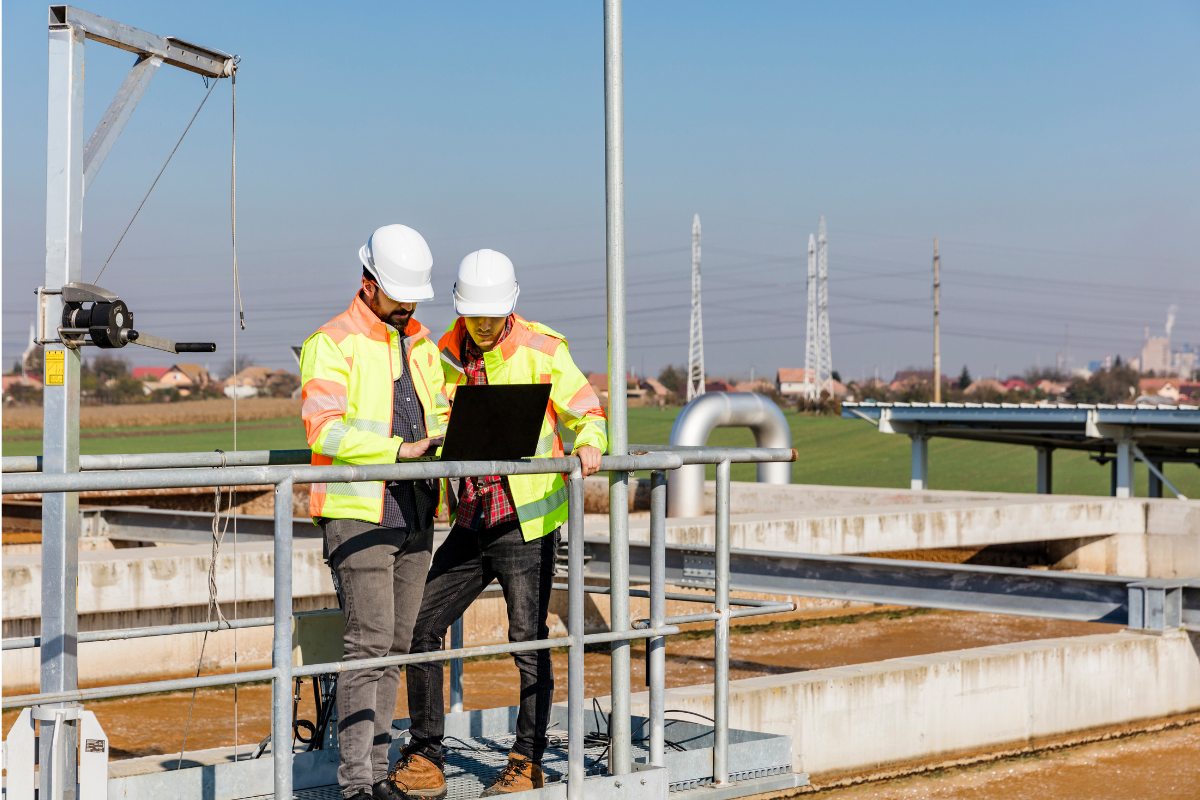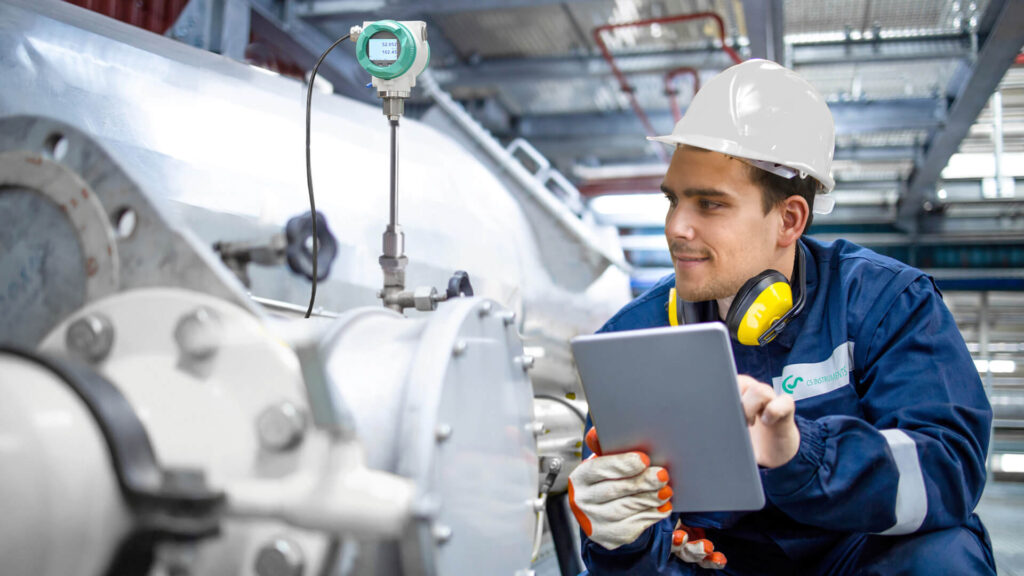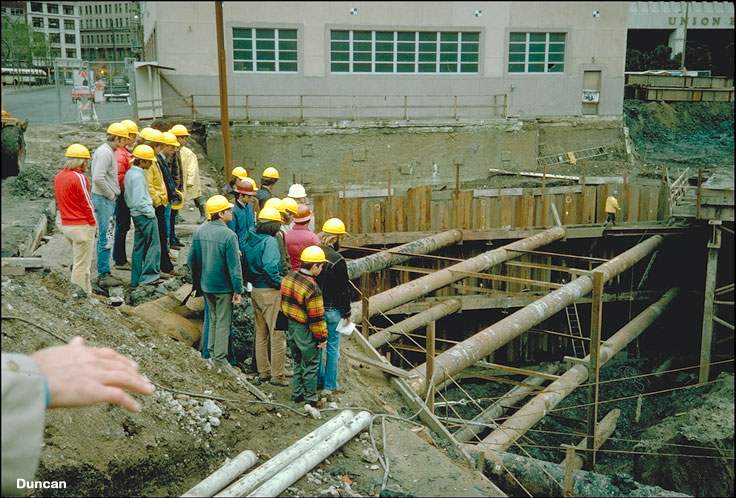The evolution of telemetry networks is quietly transforming how precision data is gathered and interpreted. Each new generation carries a sharper ability to synchronize distributed sources, reducing error margins once thought unmanageable. As industries refine performance analytics, Advanced Construction Technologies telemetry systems are establishing new thresholds of accuracy that earlier frameworks could never sustain. Their seamless coordination between devices now defines how intelligence translates into immediate operational clarity.
Emerging Era Of Precision Telemetry
Every modern system thrives on instantaneous data awareness. In this emerging era, telemetry no longer relies on linear transmission but adapts to contextual parameters within milliseconds. The balance between measurement accuracy and communication speed has created a distinctive edge for developers seeking deeper insight into real-time conditions.
Integrative Networks Enhancing Real-Time Flow
When transmission layers merge across structured nodes, responsiveness reaches an entirely new depth. Integration ensures consistent fluidity across hybrid architectures where sensors, processors, and analytic hubs communicate continuously. These adaptive interactions empower dynamic analytics capable of adjusting without downtime or delay.

Innovations Strengthening Data Cohesion
Continuous refinement has reshaped the architecture of distributed sensing. Algorithms now interpret irregular flows while retaining granular stability. These intelligent sequences refine every captured element until coherence becomes intrinsic rather than programmed.
- Edge compression minimizing bandwidth volatility
- Predictive alignment reducing computational drag
- Algorithmic bridges connecting dynamic analytical loops
- Enhanced buffering managing transient input surges
As these designs converge, cohesion becomes the standard rather than the goal. The new telemetry rhythm lies in anticipation, not correction, allowing analysis to evolve naturally as complexity expands.
Can Network Calibration Ever Be Perfect?
Perfection feels like a tempting endpoint, yet calibration is always an evolving pursuit. Every component—from signal attenuation to sensor drift—demands persistent recalibration cycles. Systems learn by repetition, not assumption, and that’s what makes improvement continuous. Even the most advanced models acknowledge micro-variance as part of realistic precision.
Why Does Predictive Mapping Feel Smarter?
Predictive mapping integrates probability and behavioral memory into telemetry interpretation. It doesn’t just display data; it anticipates transitions before they occur. By recognizing contextual shifts within latency margins, systems adapt without triggering full recalculation. The involvement of Advanced Construction Technologies telemetry systems has raised the threshold for this anticipatory logic, redefining how data clusters transform into intuitive foresight.
Broader Connectivity Driving Analytical Foresight
The convergence of modular telemetry design with adaptive learning has opened a landscape of limitless analytical foresight. Broader connectivity enables synchronized perception across multiple layers of operation, empowering analytics to adjust their narrative on demand. The result is a network that behaves less like hardware and more like an evolving intelligence. In that transformation, accuracy is no longer the goal—it’s the natural outcome of cohesive connection.

















